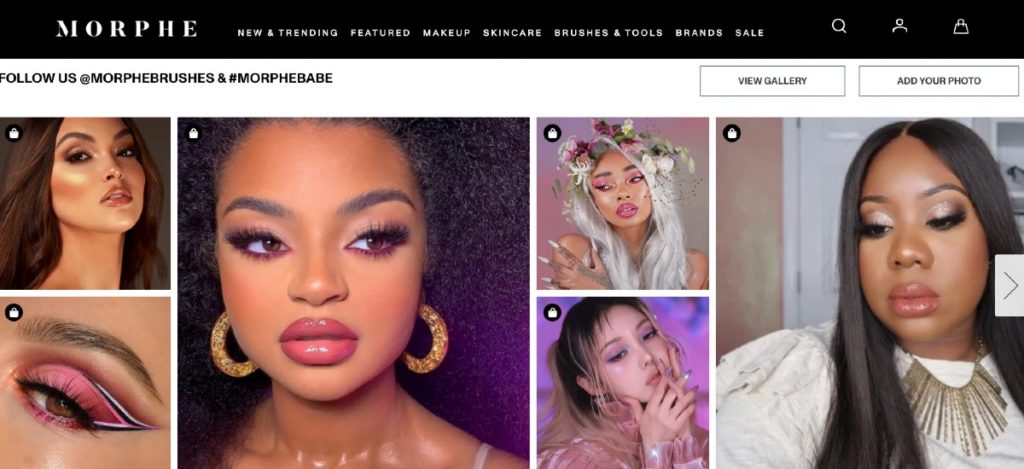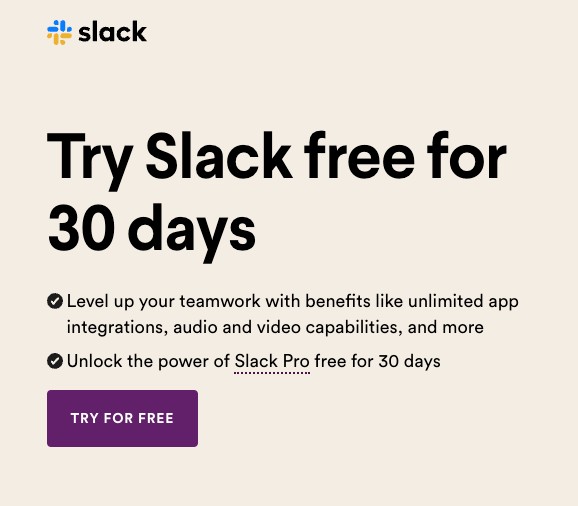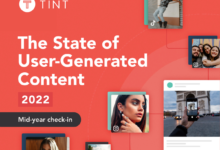What is Cognitive Influence?
According to the Merriam-Webster dictionary, the word cognitive means “relating to, being, or involving conscious intellectual activity,” including “thinking, reasoning, or remembering.”
The combination of the words refers to the factors that influence how we think and make decisions. Although it is a branch of psychology, it is extremely relevant to marketers and influences how we present information.
Case in point: landing pages.Landing pages are vital for any marketer aiming to expand their digital strategy and capture demand. Its sole purpose is to bridge the gap between a potential customer and an actual customer. In other words, a landing page is, essentially, your company’s sales pitch.
To capitalize on the benefits of using cognitive influences and principles, the following concepts should be kept in mind when creating brand experiences.
Six Types of Cognitive Influences/Biases
1. The Bandwagon Effect
Capitalize on the human instinct to do what they see others do – like when you see your favorite creator using a certain service or product. They are trying to convince a big group of people (their followers) to switch to it as well. A great way to do this is on your website or social media pages.
For example, at the bottom of their homepage, Morphe showcases some of its customers using their products – or user-generated content – to inspire others to join the fun.

In fact, according to TINT’s State of User Generated Content 2022 report, 76% of consumers have purchased a product because of someone else’s recommendation before. Thus, it’s even more important to show off your brand – through your customers’ experiences.
2. Zero-risk bias or Certainty Effect
The less risk that is associated with something, the more likely that someone will try it. What do they have to lose? It’s all about certainty. Advertising that your product or service can be used “risk-free” or has a “free trial” will – statistically – turn more potential customers into paying customers.
- Statistics and customer logos add credibility
- The call to action button reduces friction by adding “Free!”
- Limited but intentional copy on the page
- Clean, organized layout – easy to follow

3. Loss aversion
Capitalize on the “FOMO” that someone feels when they could have gotten a good deal and missed their opportunity. By visiting your landing page and inserting their information, they feel better about themselves. But if they didn’t, they would feel a sense of loss that they didn’t get a good deal.
4. Principle of Least Effort
When on a landing page, the easier and the better. The fewer fill-in boxes and forums, the more likely the user will fill them in. The bottom line: making it as easy as possible will increase potential customers who don’t want to disclose a lot of information.
5. Von Restorff Effect
The cleaner, the better. When a page is cluttered or not organized neatly, it reflects in the brain and does not leave the viewer with a clear, accurate picture of what the company is trying to sell; without enough negative space, your work can look busy or distracting.
- One-line, minimal headings
- CTA mentions “free trial”
- Simple layout – with negative space
- Customer testimonials and “trusted by millions worldwide” boost credibility
6. Hick’s Law
The more choices, the more to read. The more to read, the more the consumer has to think (and so on). With more choices, there is more to consider, which takes more time and in the process, you can lose some of your potential consumers. Ways to ensure you don’t lose your audience include having only one call to action button and being concise in the explanations of what your company offers.
Applying cognitive psychology to marketing
Be short and to the point.
- 48% of landing pages contain more than one offer, but if they do, their conversion rate can drop 266%
- Don’t oversell the deals. Have one simple and clear offer on the page for your viewers
Testimonials are your best friend.
- 37% of the best landing pages have testimonials
- Social proof is how you prove to others that you are a credible product
Format Matters!
- 46% of marketing professionals agree that the landing page format has a notable influence on conversion rates
- A/B Testing can be used for this
For more insights like this, subscribe to Future of Marketing.





